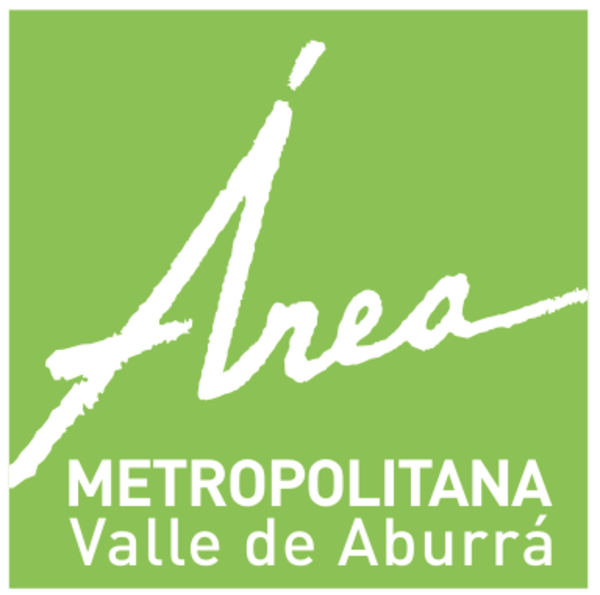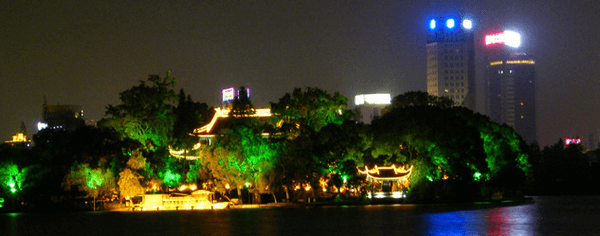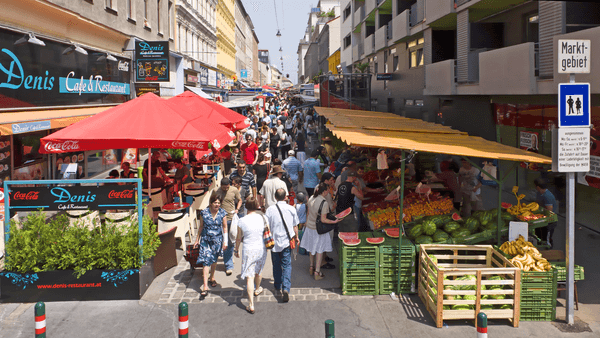
City
Valle de Aburrá
Main actors
Regional Government, Supranational / Intergovernmental Institutions
Project area
Metropolitan Area
Duration
Ongoing since 2011
EnCicla is a public bicycle system providing sustainable mobility to the residents of the Valley of Aburrá.
EnCicla is the public bicycle system operating in the Valley of Aburrá and is part of the integrated system of transport "SITVA", that promotes transport with social, economic and sustainable impact.
EnCicla currently has 51 stations (32 automatic and 19 manual), with a fleet of 1,300 bicycles, designed in Colombia. The system has more than 58,000 active users and an average of 10,000 loans daily. EnCicla is free of charge and operates Monday to Friday from 5:30 a.m. to 10:00 p.m. and Saturdays from 6:30 a.m. to 4:00 p.m. The EnCicla system aims to encourage the use of bicycles as a viable transportation option and provide long-term sustainable mobility that will enhance the quality of life for citizens.
External links / documents
On Map
The Map will be displayed after accepting cookie policy



